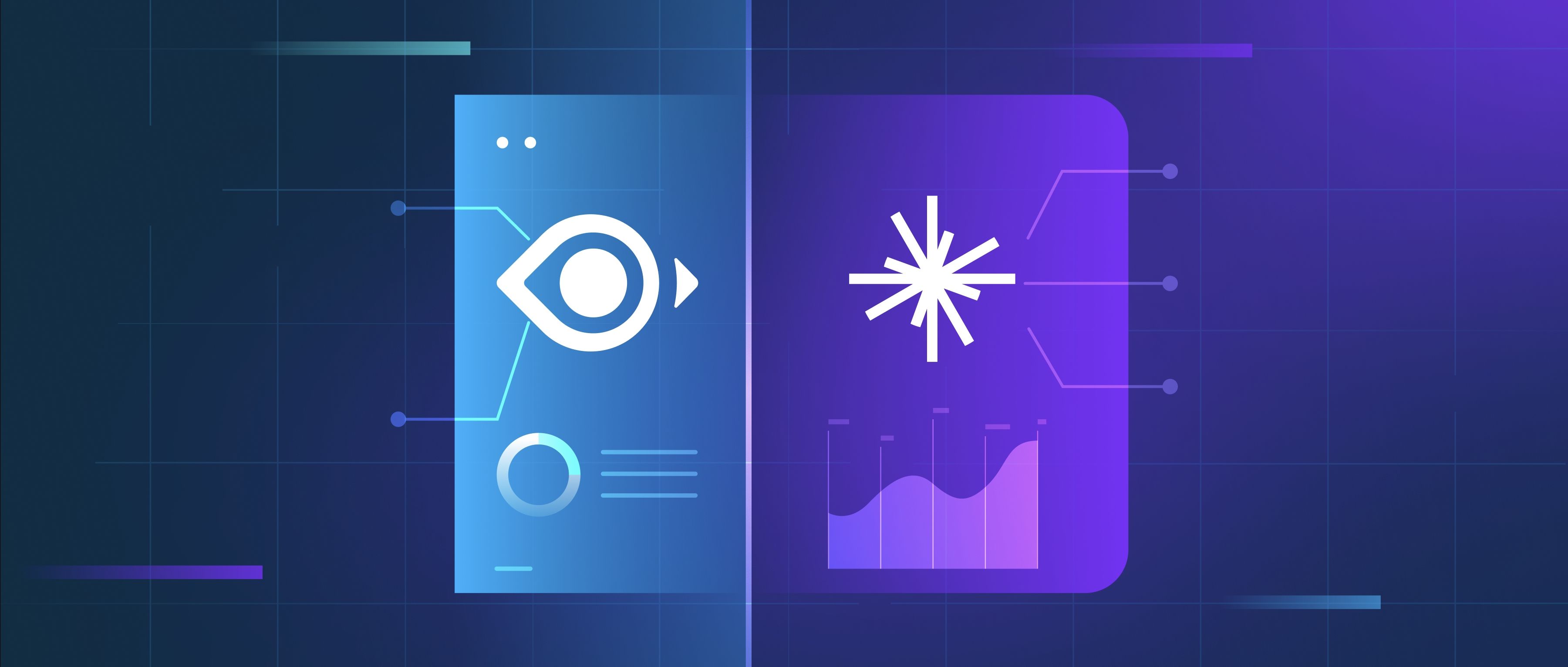Robots perform maintenance and repair tasks on complex systems by utilizing a combination of sensors, artificial intelligence, and specialized tools. These robots are designed to navigate and interact with their environments, which may include machinery, infrastructures, or even vehicles. For example, industrial robots often use vision systems to identify wear and tear on equipment, allowing them to assess what maintenance needs to be performed. They can then use programmed movements to access hard-to-reach areas and perform the required repairs.
In many cases, these robots are equipped with various tools and devices that enhance their functionality. For instance, a robot designed for pipeline inspection might have cameras, ultrasonic sensors for thickness measurement, and robotic arms for cutting or sealing. These tools allow the robot not only to inspect the condition of the pipeline but also to carry out repairs, such as replacing faulty segments or sealing leaks. This capability significantly reduces the amount of manual labor required and minimizes the risks involved in maintenance work.
Furthermore, robots performing maintenance tasks are often integrated within broader systems for monitoring and diagnostics. They can communicate with a central control system that analyzes data collected from various sensors around the site. This system can prioritize repairs, schedule maintenance tasks, and even predict future failures based on data patterns. For instance, in manufacturing, using robots for routine checks and minor repairs can help prevent major breakdowns, enhancing overall productivity. This integration helps streamline operations and supports a proactive maintenance approach, which is crucial when dealing with complex systems.
